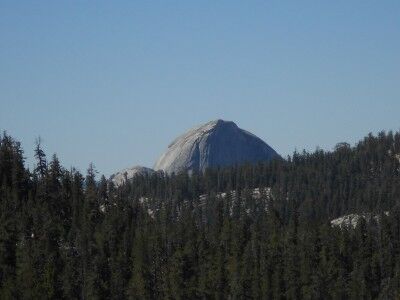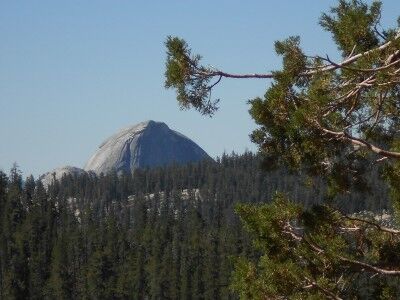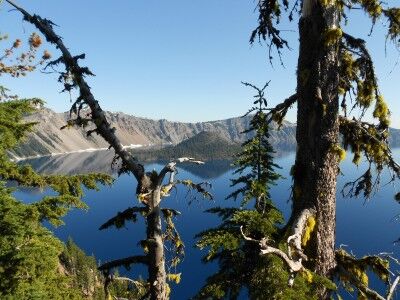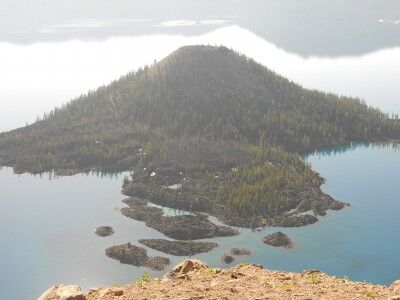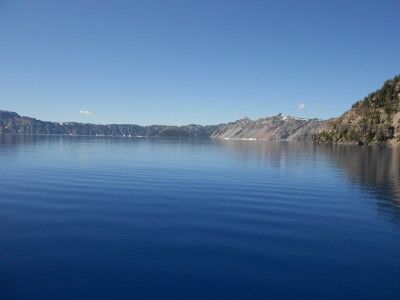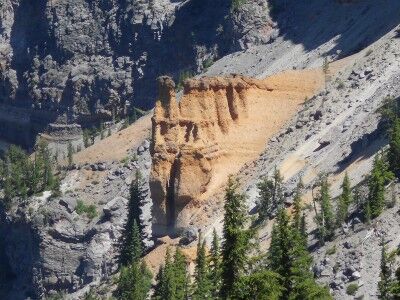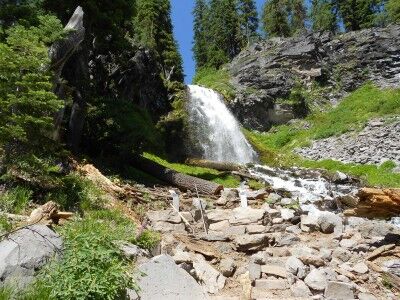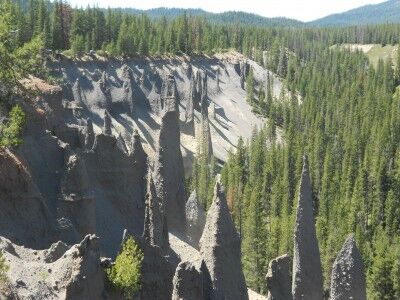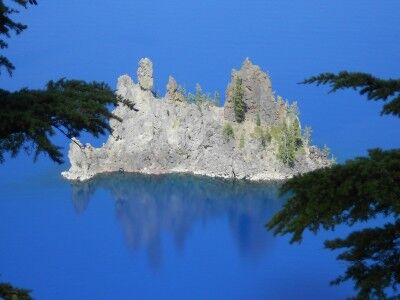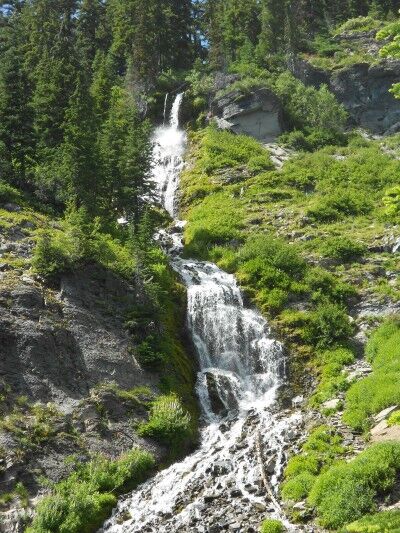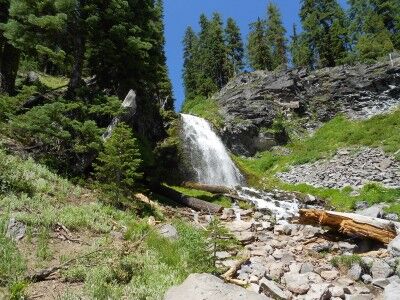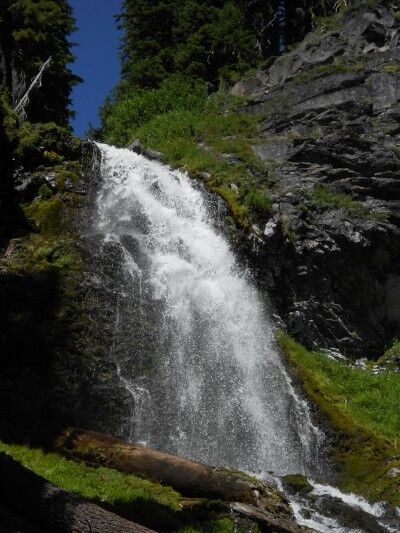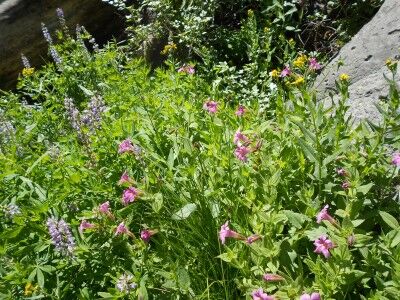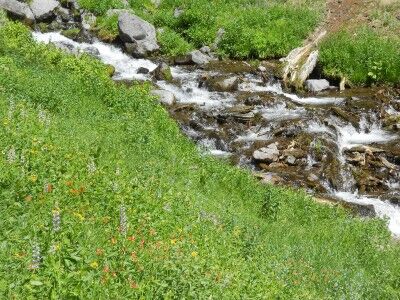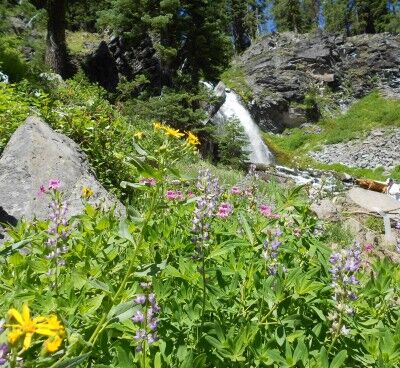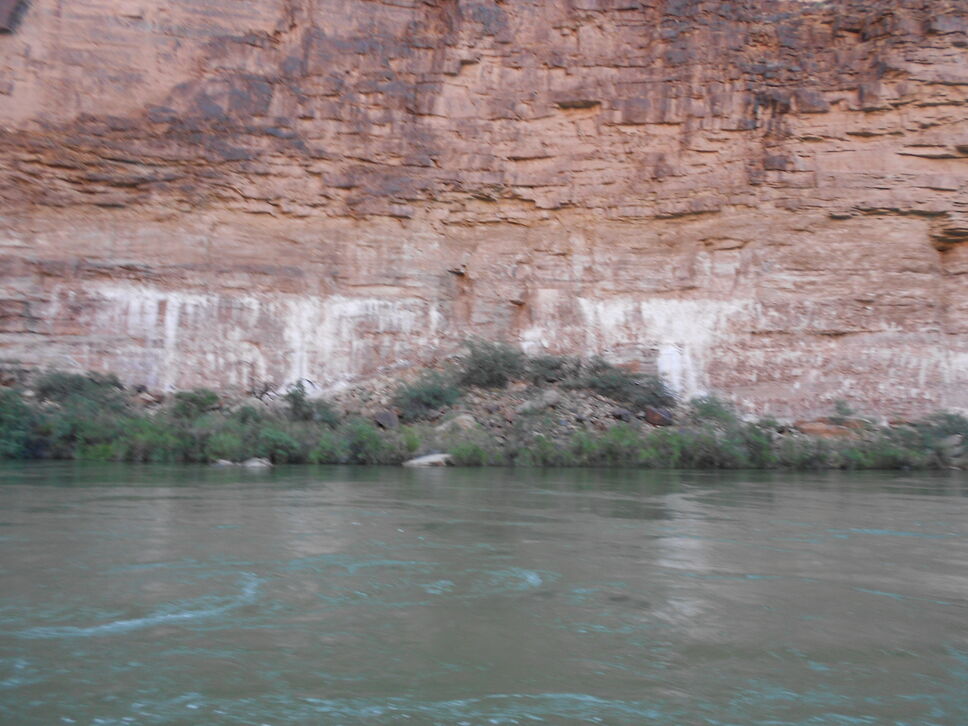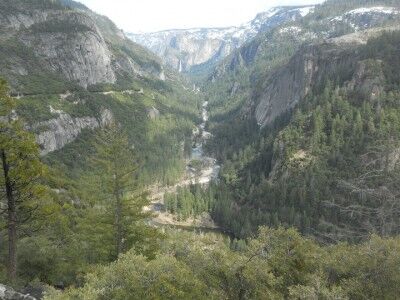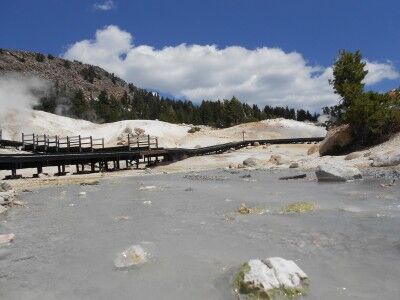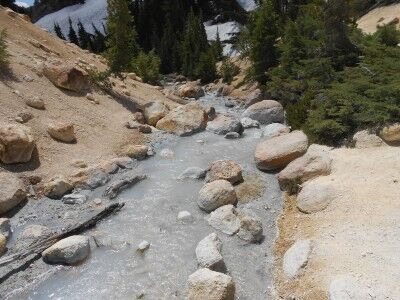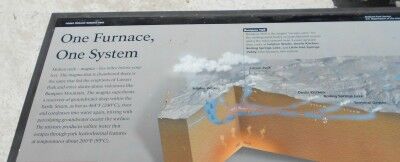My first impression standing outside Lehman Caves at Great Basin National Park was that I wasn’t sure that I was going to find it all that exciting. Part of this was due to deciding to take a hike up to the natural entrance of the cave before the cave tour began. Instead of the lushness at the entrance of Oregon Caves National Monument or the beautiful hike down to the spider web gate entrance at Crystal Cave at Sequoia National Park, there was simply a small opening surrounded by a cage of bars.
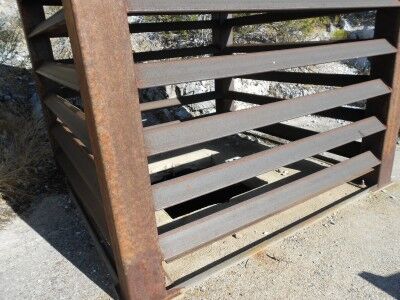
Luckily, there was an information sign that explained why the natural entrance looks the way it does:
It was at this spot in about 1885 that Ab Lehman first entered the cave. From then until 1940, when the present tunnel was constructed, this natural entrance was used by people visiting the cave.
In the early 1900s, visitors descended into the cave through a wooden shed covering the natural entrance. In 1939, the national Park Service blasted a tunnel into the hillside behind the visitor center, providing easier access. The natural opening was closed or severely restricted in the ensuing years, disrupting airflow and limiting bat access. Bat use of Lehman Caves declined. In 1997, the bat-compatible gate was installed to correct these problems
Why the gate design? When bats leave the cave, they spiral upward, exiting through gaps in the horizontal bars. The gate extends upward allowing bats to gain speed and altitude. This allows them to escape nearby predators.
Why do bats use caves? Bats need hibernation sites that fall within a narrow temperature and humidity range. Lehman Caves remains close to 50 degrees Fahrenheit (10 degrees Celsius)and 90% humidity year round. During the summer, bats establish nursery colonies in caves, where they birth their young. Bats roost in the dark of the caves during daylight, exiting them at night to feed on insects.
Once I entered Lehman Caves, any initial reservations I had quickly disappeared with the many wonderful cave formations found inside…

